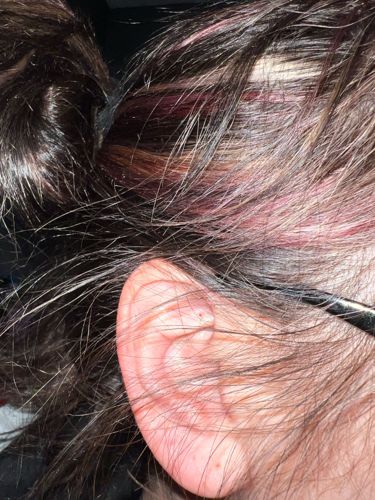Louse
Scientific Name: Pediculus humanus capitis (Head Louse)
Order & Family: Phthiraptera / Pediculidae
Size: 2-4 mm (adults)

Natural Habitat
Human hair, typically found on the scalp, behind the ears, and near the nape of the neck.
Diet & Feeding
Human blood (obligate hematophagous parasite). They feed several times a day.
Behavior Patterns
Head lice spend their entire lives on the human scalp, holding onto hair shafts with specialized claws. They cannot fly or jump, instead spreading through direct head-to-head contact or, less commonly, through shared items like hats or brushes. Females lay nits (eggs) close to the scalp, which hatch in about 7-10 days. Nits are firmly glued to the hair shaft.
Risks & Benefits
Potential risks include intense itching, skin irritation, and secondary bacterial infections from scratching. They do not transmit diseases. There are no known benefits to humans or the ecosystem provided by head lice.
Identified on: 11/3/2025